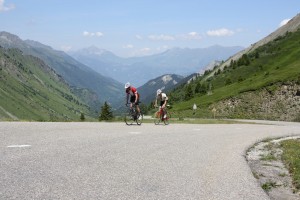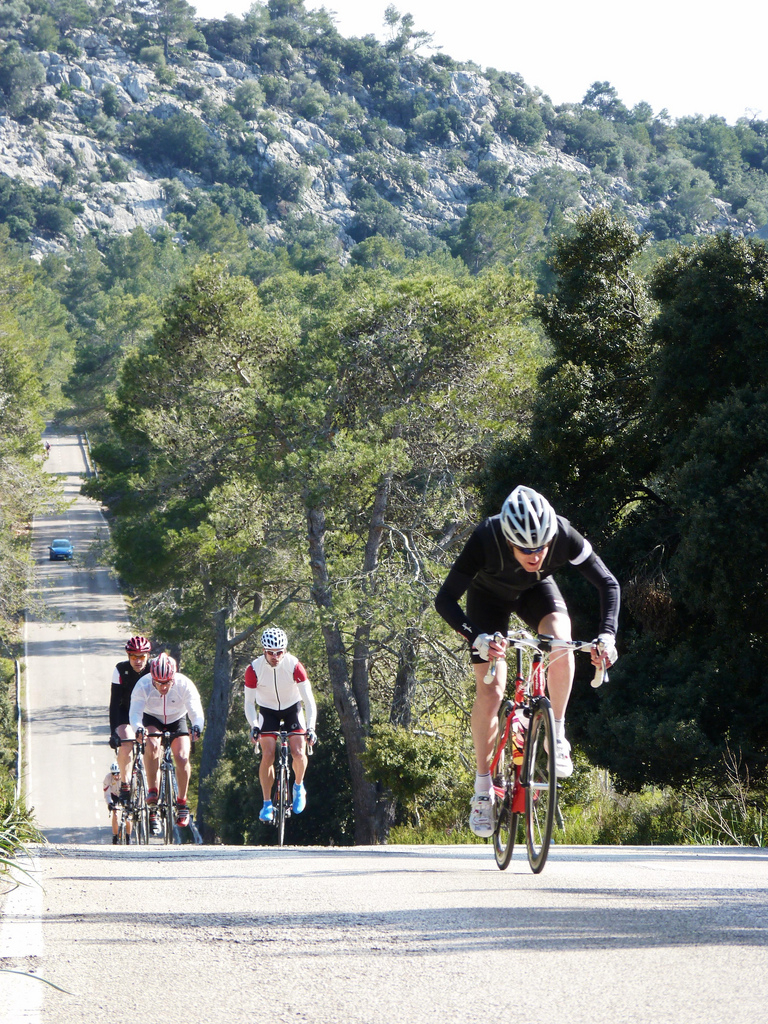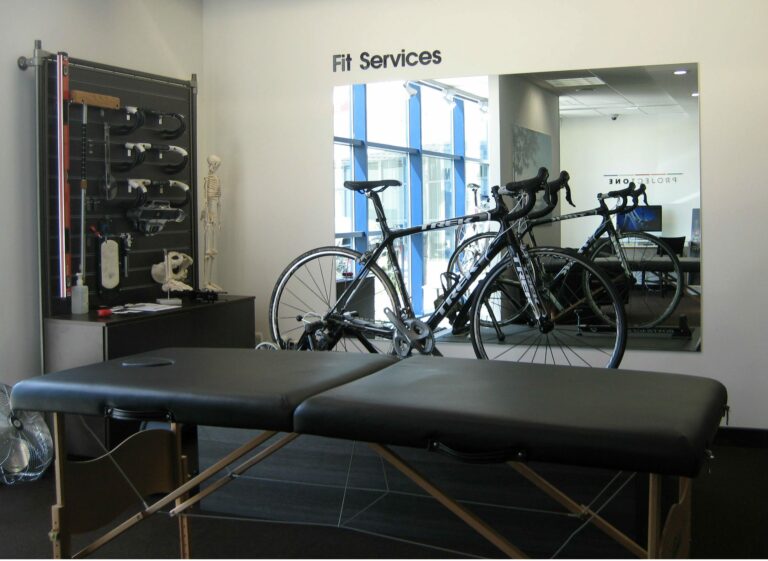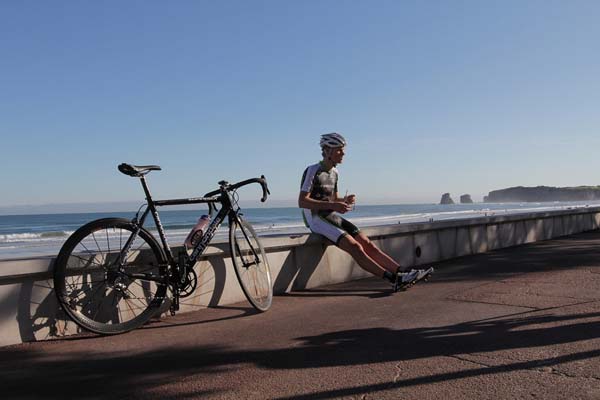
- Preparing for a big mountain sportive? Training zones can help. Picture: La Fuga Travel
Successful training is all about measuring your riding intensity and progressing on it. The easiest way to do that is to adopt a ‘zone’ based system. But what does that mean exactly, and what can it do for you?
In last week’s feature “How hard is hard?” we identified a number of training zones and what riding intensities they represent. So as not to blindly charge into anything in your training without at least a rudimentary knowledge of why you are doing the things you are doing, let’s take a moment to look at what benefits you’ll get from using a zone-based system to prepare for your sportive.
Zone-based training has developed out of the endurance athlete’s need to be able to structure training in a way which allows them to accurately measure and record training intensity while reasonably predicting levels of fatigue. There are many specific benefits of training with zones, some of which are listed here:
A) Helps target particular aspects of fitness with specific workouts
B) Enables you to build structure and variation into your training, which can avoid staleness and overtraining
C) Helps you achieve the progressive overload necessary to see improvements in your performance
D) Much more accurate indicator of training intensity than training miles or training time
E) Allows training to be very specifically targeted to the abilities of the individual be they novice or Elite racer
Clearly, then, training zones offer multiple benefits and that’s why you’ll be adopting them to guide your training. But apart from knowing why you need to train with zones, let’s have a look at what benefits training in each specific zone brings to the table. After all, you have a very specific set of requirements needed to perform well in a 100mile hilly sportive, so it’s essential to know what training benefits you’ll derive from spending time in the various zones in order to best prepare you for the event.
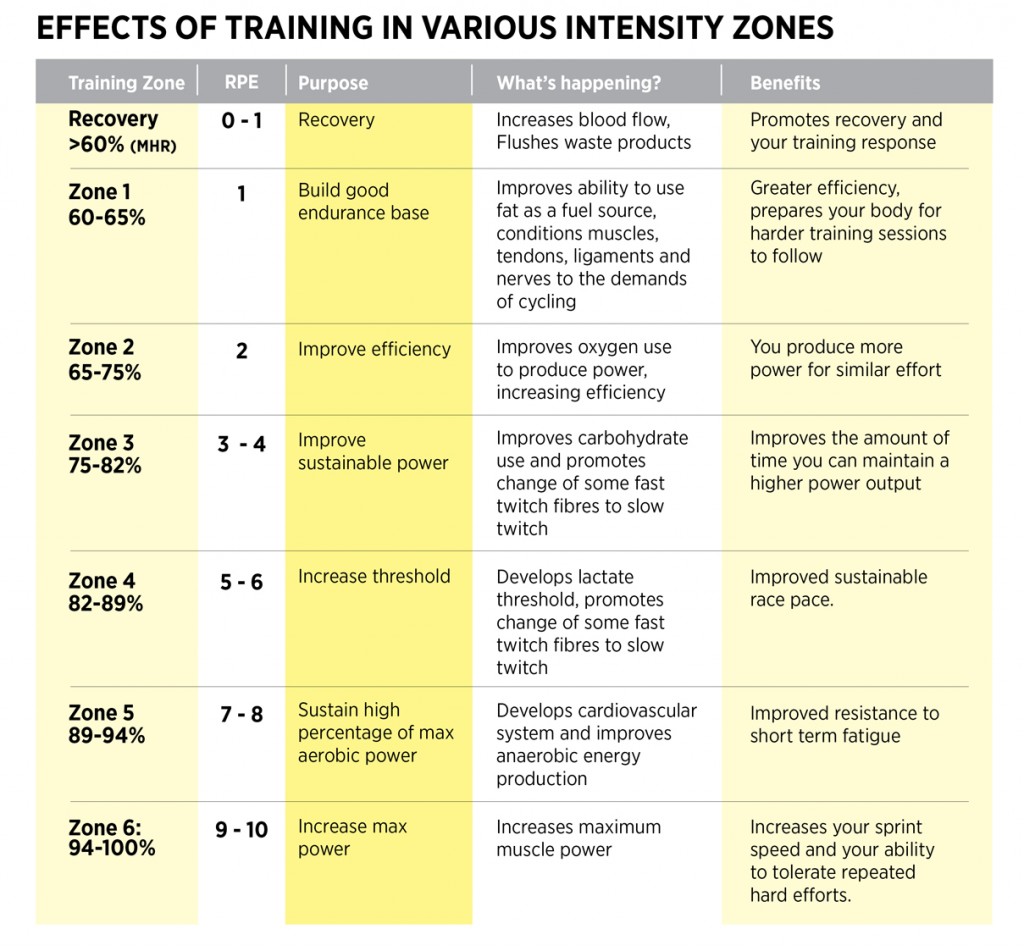
So you can see from the above table that myriad performance benefits exist within the range of training zones and I can immediately hear your mind ticking over with the thought that “Yes please, I’ll take all of those.” And, if you were a pro road racer with about 20 hours per week year-round to train, you could probably go some way to achieving that. But back in the real world, where training time is limited, we have to be more realistic, and this again is where the benefits of training zones become clear.
They allow you to be very particular in targeting the areas you need to focus on specific to your event. So, given that you are aiming for your first sportive there’s not much point in working on improvements to your maximal sprint power by training for hours on end in Zone 6, for example. So in the coming weeks we’ll be formulating a plan that utilises this zone system to best target training for your event.
Part 1: Going for Centuries
Part 2: Breaking down the barriers
Part 3: Goal Setting
Part 4: Intensity
Part 6: Performance Testing
Part 7: Creating a training plan
Part 8: Weekly training plans
Part 9: Be a better climber
About the author:
Huw Williams is a British Cycling Level 3 road and time trial coach. He has raced on and off road all over the world and completed all the major European sportives. He has written training and fitness articles for a wide number of UK and international cycling publications and websites and as head of La Fuga Performance, coaches a number of riders from enthusiastic novices to national standard racers.
Contact: [email protected]

